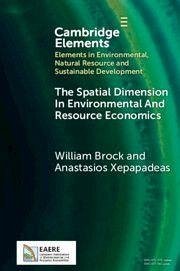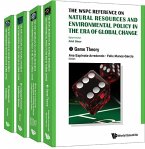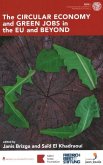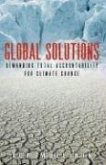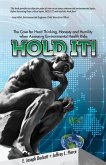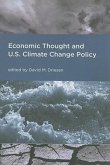Although the spatial dimension is embedded in most issues studied by environmental and resource economics, its incorporation into economic models is not widespread. As a result, significant aspects of important problems remain hidden, which could lead to policy failures. This Element fills this gap by exploring how space can be integrated into environmental and resource economics. The emergence of spatial patterns in economic models through Turing's mechanism is explained and an extension of Pontryagin's maximum principle under spatial dynamics is provided. Examples of the use of spatial dynamics serve to illustrate why space matters in environmental policy design. Moreover, the differentiation of policy when spatial transport mechanisms are considered is made clear. The tools presented, along with their applications, provide foundations for future research in spatial environmental and resource economics in which the underlying spatial dimension - which is very real - is fully taken into account.
Bitte wählen Sie Ihr Anliegen aus.
Rechnungen
Retourenschein anfordern
Bestellstatus
Storno

